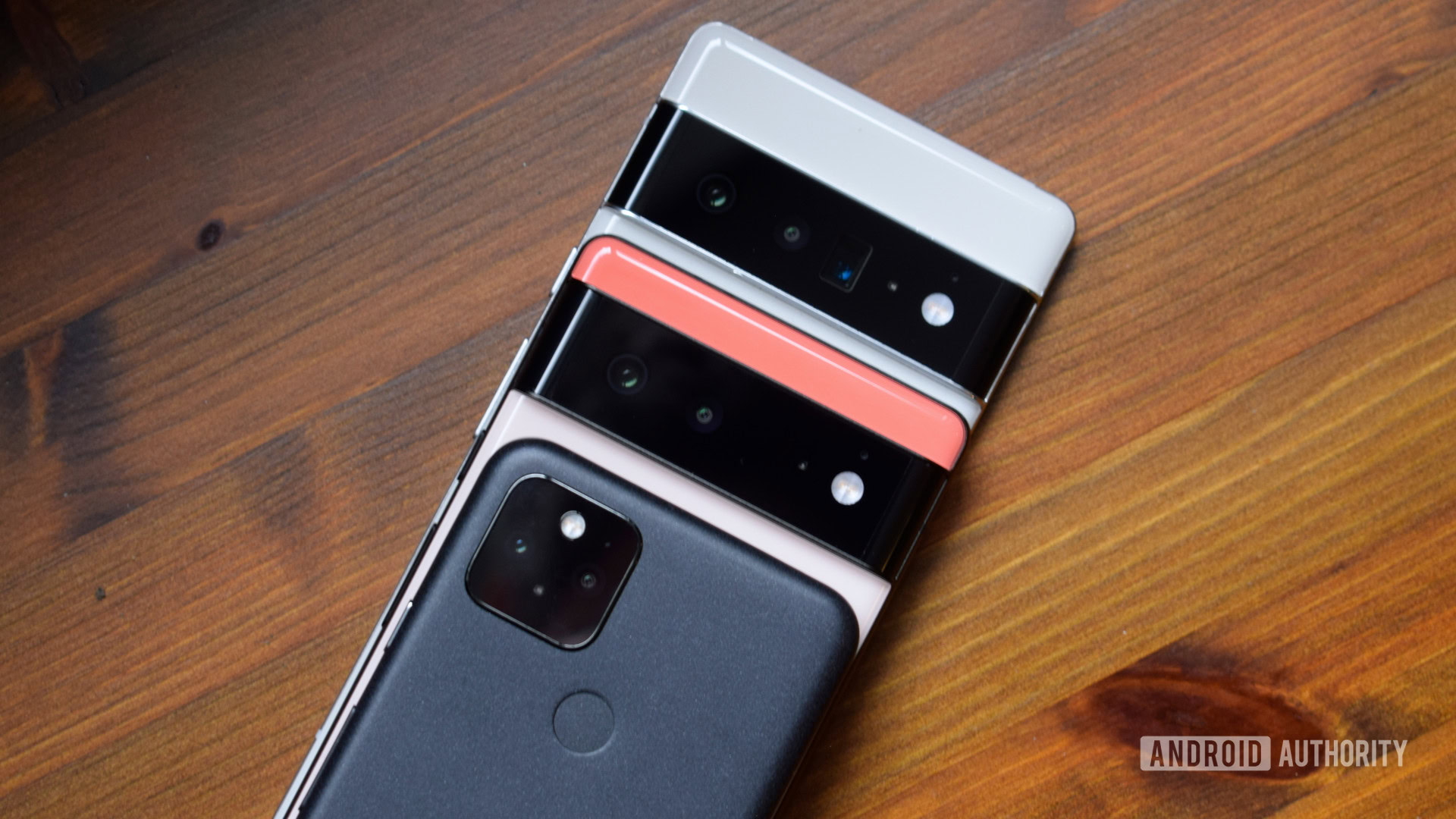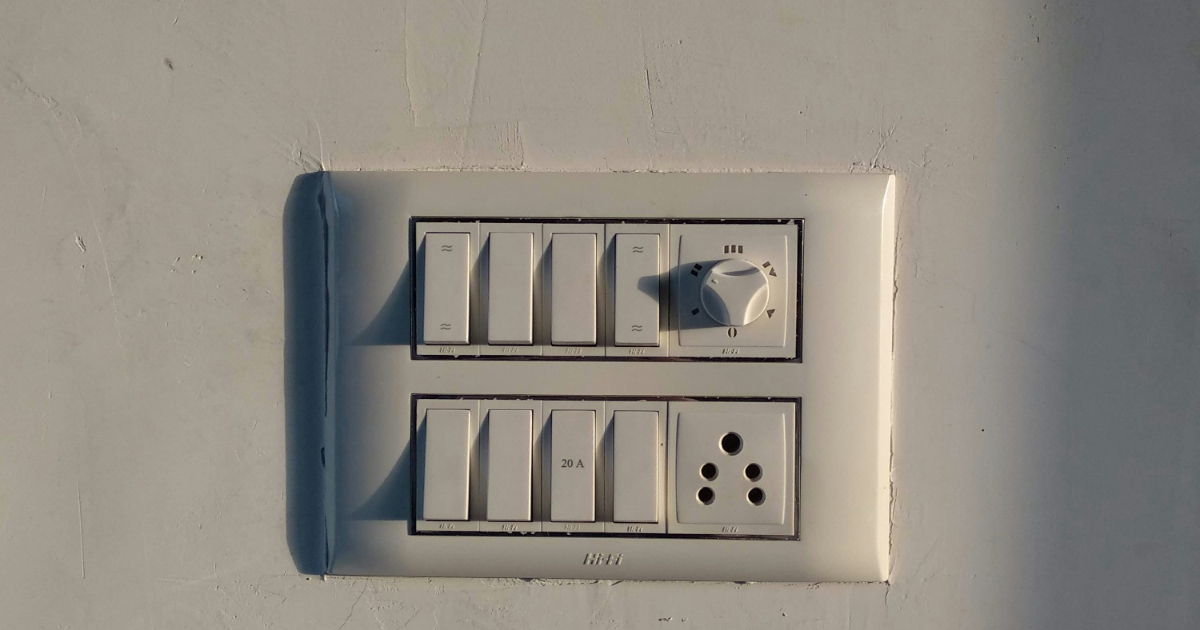Google has messed up. For the past few months, one story keeps coming back again and again to haunt the Pixel line-up, and it’s all centered around battery woes. Specifically, something fishy around the Pixel 4a’s and 6a’s batteries, with mandatory updates, restricted battery charging, battery replacement programs, cashbacks to buy a new phone, and the odd exploding battery or two.
Throughout this entire mess, one thing has been abundantly clear: Google is trying to sweep the news or pretend it isn’t happening. No matter how often we reached out for comment or how bad the news got when the Pixel 6a, then the 7a joined the 4a in the battery-of-doom scenario, Google has remained unnervingly quiet about it all, only sharing official communication around updates and compensation.
As a Pixel user since the Pixel 2 XL in 2017, and someone who has been recommending Pixels to everyone around me (my husband has the Pixel 7 Pro, my aunt the 6 Pro, my mom the 5), this leaves me very, very confused and frustrated. My trust in Google, and in its ability to handle any hardware defect, has also plummeted to below zero. The Pixel 10 series? I’m really excited about it, but do I trust Google enough to charge its new phone on my bedside table at night? Hmmmm… not really.
Don’t want to miss the best from Android Authority?
Will the Pixel 4a, 6a, and 7a battery issues affect your Pixel 10 buying decision?
0 votes
The Pixel battery fiasco is a lesson in corporate ambiguity

If you haven’t been paying close attention to Google’s Pixel battery saga, let me recap the story. It started on January 6, 2025, the first day of CES mayhem, when all eyes are on other tech news. Google slipped a notice to Pixel 4a users informing them of an unexpected Battery Performance Program update, which should’ve improved their battery performance and stability. A brief mention that some units would see the opposite effect caught our eyes, but we thought it was generous of Google to offer compensation for these affected users, especially on an out-of-warranty four-year-old phone.
If that’s all there was to it, I’d be fine, but things quickly went downhill. Pixel 4a owners started complaining about the update nuking their battery life, with some phones barely making it through a few minutes of screen-on time. We discovered that Pixel 4a units shipped with two different types of batteries — Lishen (LSN) and Amperex Technology Limited (ATL). The latter are good, the former bad. And the update had dropped the LSN’s usable battery charge by an astonishing 56%. None of that info came from Google, though, but from our internet sleuthing. A month later, the Pixel 4a was recalled entirely in Australia, with yet no explanation or commitment to do better from Google.
That wasn’t the end of Google’s battery woes, as things got even more grim. First, Google acknowledged a battery swelling issue on the Pixel 7a — no update of doom here, just an online assessment tool to know if your device is affected and offer a free battery replacement or compensation. We got one sentence that says Google has determined there was an issue; that’s it.
If I were looking at one isolated incident, the damage would’ve remained contained. But one official recall, one model catching fire, another getting a swollen battery, and two receiving mandatory updates that kill the battery life… well, that adds up to many incidents and bad press. And Google’s attitude through it all has been to turn its nose up and sweep the issue under a rug with meaningless corporate phrases that avoid any real accountability or specific details about the root cause.
Google could answer all our questions, but it is keeping mum

Robert Triggs / Android Authority
My colleague Hadlee said it best when he wrote that Google wants you to forget about its Pixel battery issues, but you shouldn’t. We won’t forget either. It’s our job to hold companies accountable for their screw-ups. Plus, this isn’t a one-off issue; it’s a recurring problem that hasn’t been clarified or adequately addressed. Google can throw all the vague and quiet acknowledgements, compensation money, battery replacement programs, or battery assistance updates at it, but it can’t erase the fact that something is wrong with the Pixels’ batteries.
Because of the nature of my work, I have several Pixels in a drawer in my newly bought house. No Pixel 4a or 6a, but there are several newer A series and higher-end models. Are these a fire risk when turned off, or does the issue only occur when charging and after several hundred cycles? Should I keep these and risk my home’s safety, or send them back to Google? Should I warn my mom and my aunt and tell them to switch phones? Could non-A series models be affected, too? Is that a stretch, or is it realistic to be concerned about the flagship Pixel 10 series, too? Sadly, I can’t answer any of these questions.
You know who can, though? Google. Google can easily shed light on what the issue is, which batteries are affected, which Pixel models carry those batteries, and what it’s doing as a company to mitigate this clear hardware component defect in its future phones. The money and free battery replacement are nice, but they don’t solve the trust issue. Just be transparent and tell me this isn’t a problem with the Pixel 9 series and won’t be one with the Pixel 10 series. Give me clarity so I can regain my trust and know I can charge up my future Pixel 10 in my home without it catching on fire, and so I know that the company I’m buying my product from will be on top of any potential hardware defects. That’s the bare minimum Google should do when issues creep up at such an alarming rate.
Thank you for being part of our community. Read our Comment Policy before posting.









